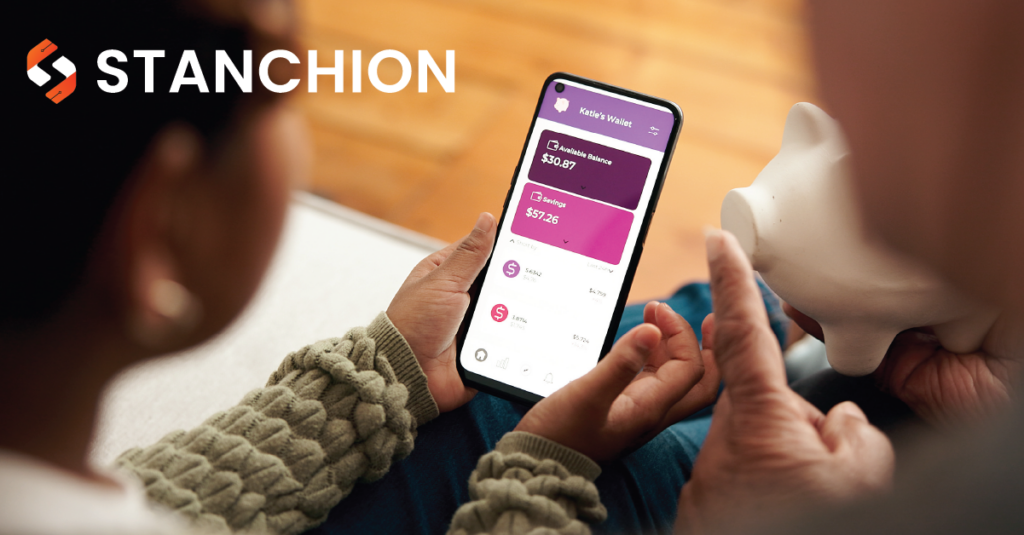
The B2C consumer payments sector has experienced profound disruption over the past five years as fintechs, neobanks and bigtech companies have come to market with innovative digital value propositions. Apple and Google are today synonymous with digital wallets, while the brands of traditional issuers and payments networks have become somewhat sidelined.
But disruption of the payments sector is just beginning. As much as consumers gravitate towards Apple Pay and Google Pay as their preferred way of paying, these digital wallets still run on traditional card rails. Banks and the payments networks have lost some brand salience, but consumers still generally need their cards to make a payment from these wallets.
This picture could change fast as real-time, account-to-account payments make it easier for consumers to pay each other and merchants without a card. Real-time payments (RTP) schemes such as Brazil’s Pix, India’s UPI, South Africa’s PayShap and the US’s FedNow are gaining traction because of the convenience they offer consumers as well as the promise of lower transaction costs for merchants.
Along with the advent of Open Banking, RTP threatens to further displace traditional financial institutions’ brands and roles in the consumer payments journey. The stage is set for markets elsewhere in the world to follow the example of Asian countries such as China, Indonesia and Singapore, where super apps have taken central stage in consumers’ lives and the payments journey.
What is a super app?
Gartner describes a super app as a Swiss army knife of apps, providing a single place where the end-user can access a range of services and offerings in one place. Users might be able to make peer-to-peer payments, do their shopping, hail a cab, buy crypto, look for a job, apply for a home loan, invest in equities, send instant messages, and book a holiday from within the interface of a single application.
Some of these offerings might be the super app’s own products and services, while others might be sourced from a range of partners. Application programming interfaces (APIs) may be used to populate the super app with data from partner companies such as banks, insurers, retailers, online travel companies and restaurants. This adds up to a richer and more seamless experience for the end-user.
The biggest super app in the world is China’s WeChat, with more than 1.2 billion users. It offers a wide range of products and services, including messaging, social networking, shopping and payments. Other super apps that have gained momentum in Asia include China’s AliPay, Indonesia’s GoJek, Careem in the Middle East and North Africa, and Grab in South-East Asia.
Super apps haven’t yet gained as much traction in North America or Europe. However, many players are eyeing the super app opportunity. Neobank Revolut offers a range of financial and non-financial services on its platform, Elon Musk is reinventing Twitter as the everything-app, X, and the likes of Uber, Amazon and Meta are constantly expanding into new services and markets.
What does this mean for banks?
Super apps haven’t taken off in the West for reasons that range from regulatory barriers and consumer concerns about sharing data to consumer preferences for specialised apps that do what they do well. However, the advent of Open Banking and API-powered ecosystems means that super apps could start finding a significant audience in some countries and some segments.
The benefits for consumers may include a simpler way to manage multiple services, a consolidated view of their finances, and a more frictionless payments journey. Super apps will also be in a strong position to offer personalised services and experiences as well as create richer loyalty and rewards programmes because of their unique insight into the consumer’s lifestyle via the data they collect.
For banks, one of the primary risks is that growing numbers of customers will use the more integrated super-app for more things rather than the bank’s app. Not only will they be able to bypass card payments rails, they may also be able to shop around more easily for loan, investment and insurance offers on via a super app’s ecosystem partners.
It’s not all bad news. Bigtech companies like Uber, Amazon and Meta may have large user pools, massive volumes of data, and a proven ability to leverage their tech stack move into new markets. But they don’t inspire the level of trust that banks do. Global Consumer research from Accenture found 56% of users want the convenience of a single app for all payments.
But 43% said they trust that their bank’s app is secure and would be happy to use it for as many everyday life activities as possible. This means that forward-thinking banks have a unique opportunity to strengthen their brands and take a more central role in some of their customers’ lives by implementing a well thought-out super app strategy.
The legacy hurdle
Though banks have regulatory advantages and the trust of their clients, legacy technology is a significant obstacle for some of those that have ambitions to create super apps. Many use a patchwork of older payments systems that make it slow and difficult to integrate new features and services. They may also have data siloes, while super apps require a holistic view of customer data to provide personalised experiences.
While most institutions have embarked on payments modernisation programmes — including the roll-out of cloud-based systems and the adoption of Agile and DevOps practices — it may take years to complete these transformations. The situation is particularly complex for medium-sized institutions that have limited IT budgets.
An integration platform that can connect traditional payment rails with new digital channels can help fill the gaps, enabling banks to keep up with the pace of fintech innovation. Such a solution allows banks to deploy new functionality at a rapid pace without big changes to underlying legacy systems. This enables an institution to deploy solutions and services as needed, enabling it to fast-track into spaces such as super apps.
Seizing the super app opportunity
Digital competitors like fintechs and bigtech companies have raised the bar for customer experience. Consumers are looking for payments and banking experiences that are convenient, simple, fast and personalised — and banks that can’t meet these expectations could lose market share and see their brands displaced in consumers’ lives.
For some banks, super apps are the perfect opportunity to refresh their customer experience and improve engagement. Overcoming legacy technology hurdles is essential, but integration platforms offer a viable solution. Adapting to these changes is crucial for banks to remain competitive and relevant in the evolving consumer payments landscape.
If you would like to speak to Stanchion and discuss the topic further, email us at engage@stanchionpayments.com or click here: Contact Us
About Stanchion:
Over the past two decades since its establishment in South Africa in 2001, Stanchion has expanded its offerings and solutions across the globe, with offices in Australia, the United Kingdom, the United Arab Emirates, and the United States.
The growth of our global footprint is testament to the value of our offering, our specialist team, and Stanchion’s ability to constantly innovate and adapt to the changes within the dynamic payment landscape and the needs of the industries it serves.
Our global presence allows us to bring payment solutions to support our clients with new business development ideas with proven return on investments. We tackle complex problems and provide simple and unique solutions for our clients.
“Amidst this ongoing digital revolution, our organisation’s services and solutions allow our customers to grow and innovate within their businesses,” says Stanchion CEO, Steven Kirrage.


 Verto
Verto Switchcare
Switchcare Professional Services
Professional Services

